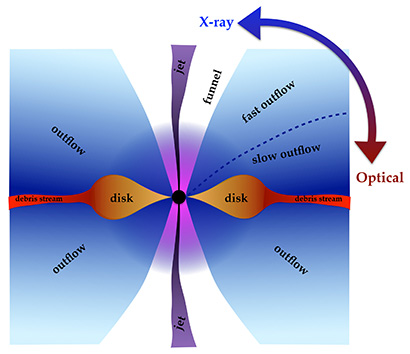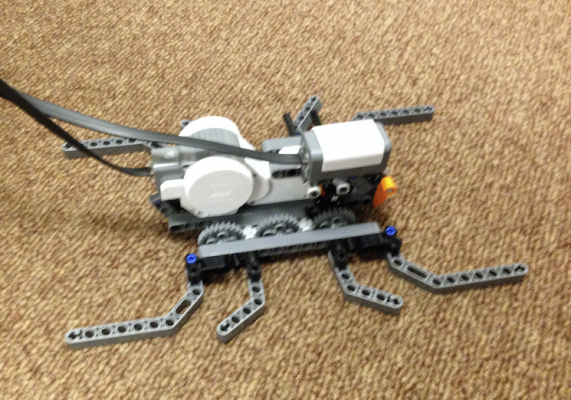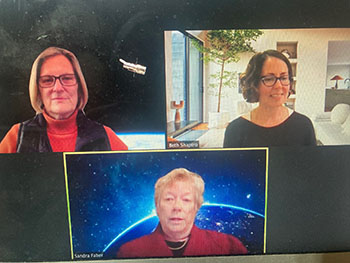Featured
New model explains what we see when a massive black hole devours a star

By Tim Stephens
UC Santa Cruz
May 31 — Santa Cruz, CA
(Illustration, above, of emissions from a tidal disruption event shows in cross section what happens when the material from a disrupted star is devoured by a black hole. The material forms an accretion disk, which heats up and emits vast amounts of light and radiation. The emissions we are able to see from Earth depend on our viewing angle with respect to the orientation of the black hole. Credit: Jane Lixin Dai)
A star that wanders too close to the supermassive black hole in the center of its galaxy will be torn apart by the black hole’s gravity in a violent cataclysm called a tidal disruption event (TDE), producing a bright flare of radiation. A new study led by theoretical astrophysicists at the University of Copenhagen’s Niels Bohr Institute and UC Santa Cruz provides a unified model that explains recent observations of these extreme events.
The breakthrough study, published in Astrophysical Journal Letters, provides a new theoretical perspective for a fast-growing research field.
“Only in the last decade or so have we been able to distinguish TDEs from other galactic phenomena, and the new model will provide us with the basic framework for understanding these rare events,” said coauthor Enrico Ramirez-Ruiz, professor and chair of astronomy and astrophysics at UC Santa Cruz and Niels Bohr Professor at the University of Copenhagen.
In most galaxies, the central black hole is quiescent, not actively consuming any material and therefore not emitting any light. Tidal disruption events are rare, only happening about once every 10,000 years in a typical galaxy. When an unlucky star gets torn apart, however, the black hole is “overfed” with stellar debris for a while and emits intense radiation.
“It is interesting to see how materials get their way into the black hole under such extreme conditions,” said first author Jane Lixin Dai, assistant professor at the University of Copenhagen, who led the study. “As the black hole is eating the stellar gas, a vast amount of radiation is emitted. The radiation is what we can observe, and using it we can understand the physics and calculate the black hole properties. This makes it extremely interesting to go hunting for tidal disruption events.”
While the same physics is expected to happen in all tidal disruption events, about two dozen of which have been observed so far, the observed properties of these events have shown great variation. Some emit mostly x-rays, while others emit mostly visible and ultraviolet light. Theorists have been struggling to understand this diversity and assemble different pieces of the puzzle into a coherent model.
Continue reading article here: https://news.ucsc.edu/2018/05/tde-model.html
###
Tagged UC Santa Cruz








